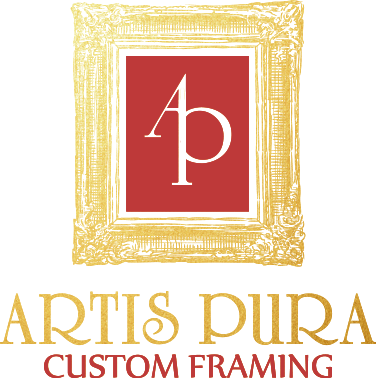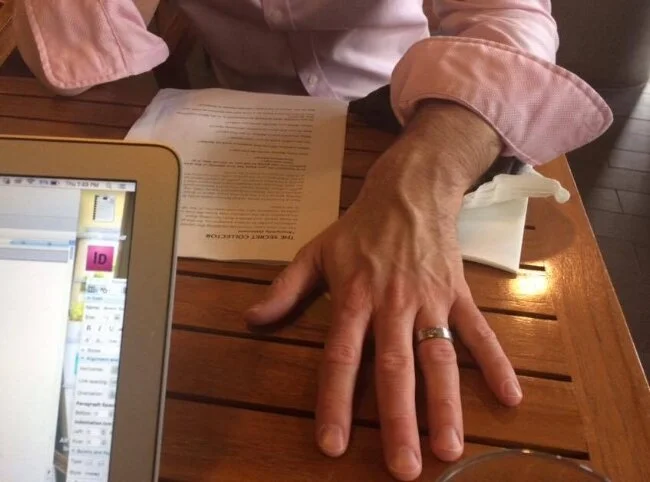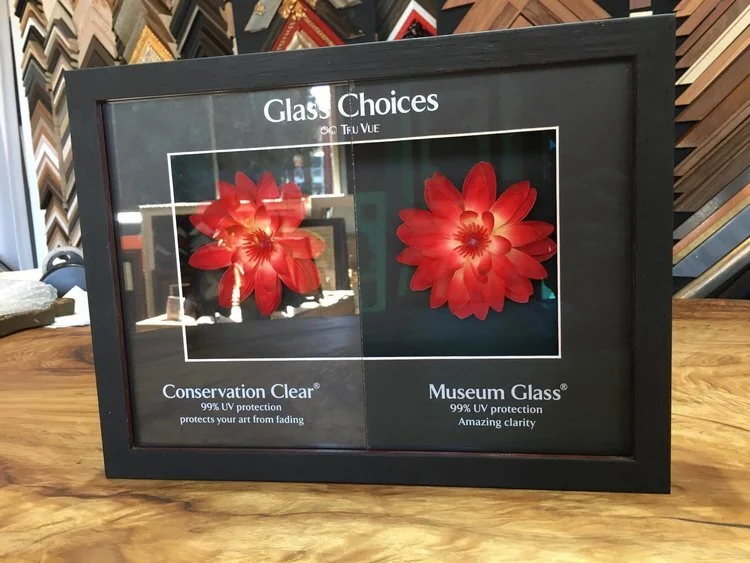Artis Pura Project Report - Textiles: Conditioning, Restoration And Reframing.
Report By Lil Crump
Type of work: needlework textile
Description of item: Antique cross-stitch sampler in original frame circa late 1800’s
Dimensions: 398mm x 452mm
Condition: extremely poor and fragile in keeping with its age
This report was prepared as an account of work performed by Artis Pura.
Reference herein to any specific commercial product, process or service by trade name does not necessarily constitute or imply it’s endorsement, recommendation or favouring. All work is conducted to the best of our knowledge and skill to preserve the personal, historical and financial value and the integrity of the textile and its preservation.
Textiles are the image of the cultural heritage of any place at a point of time. As rich traditional crafts they can be categorized as vanishing arts and need to be preserved for future generations. Textiles are fragile in nature and without proper handling, care and conservation will deteriorate.
At Artis Pura we strive to provide the utmost care and sensitivity when restoring and framing precious and significant historical/family artifacts. We aim to not ‘over restore’ but to stabilise any degradation that is occurring and to minimise future environmental deterioration of the piece. It is of utmost importance to us that we do no further damage and as such we employ due diligence in our handling and in the quality of the materials and practices used in our conservation practices.
We maintain a sensitivity to historical presentation and aesthetic by presenting the artifact in a manner befitting its age, period and cultural significance whilst also satisfying the clients aesthetic requirements.
Images and documentation in this report are reproduced to the best possible quality under available conditions and lighting.
(The original piece as brought in by the customer - before restoration)
The Customer presented us with a very fragile antique cross stitch sampler circa late 1800’s in an original frame.
The textile was age appropriately, quite faded/aged and missing quite a lot of stitches.
Typically, textiles may be damaged by ultraviolet light, heat, moisture, insects, acids, poor handling and non-conservation mounting and framing practices)
Careful removal of backing board and nails, and original glass…
Nails were gently prised from the frame and removed with pliers, and the backing board, needlework, glass and frame components were separated and assessed for condition.
The original glass was very dirty and crazed and was safely discarded.
The The original glass was very dirty and crazed and was safely discarded.
The original frame was gently cleaned with a soft brush and put away into safe storage.
Once deframed, the textile piece was assessed to be very fragile/unstable a nd attached to the backing board with small upholstery tacks which were creating holes in the cloth.
Tacks were carefully removed with the use of a small artists palette knife and pliers.
To avoid placing the needlework under any undue stress from stretching and exposure to tannins, dyes, stabilisers and fixing agents; an untreated linen backing board was created. Aesthetically, the untreated raw linen was the most suitable colour and weave to serve as a backing for the needlework.
Untreated linen from flax is known as the most ancient of textile fibres and is very durable and strong
The untreated linen was stretched to a piece of 100% cotton rag acid free and lignin free art care board with stainless steel dressmakers’ pins.
The artcare backing board we use releases a lower quantity of acetic acid vapour and is manufactured using zeolite technology to maintain an alkaline PH state; protect against damaging environmental pollutants and is chemically and physically engineered to more effectively capture pollutant gasses and compounds and them away from the artwork and fibres.
Stainless steel dressmakers’ pins will not rust or damage the cloth.
The needlework was then carefully handstitched to the backing board with natural, untreated flax thread. The gauge of the thread matched the weave and colour of the aida cloth. In keeping with the original framing of the needlework, the hand stitches were in line with the original nails and will be visible inside the edge of the frame.
The mounted needlework was remounted in the original frame to maintain its original aesthetic and integrity. An inert foam rebate lining tape was applied to the original frame to provide a buffer from the tannins of the frame which over time may degrade the cloth, and to also provide further cushioning to the sensitive needlework. The original frame was then framed in a custom-made traditional moulding from Larson Juhl (Belmont Veneer Medium Olive). Museum glass was placed between the 2 frames which creates an air gap to both protect the needlework from humidity and moisture and to assist in the protection of the original frame.
Museum glass virtually eliminates reflection; blocks up to 99% of UV rays; has enhanced surface for better durability and ease of cleaning; has optimal light transmission (97%) to brighten colours; is proprietary engineered coatings for permanence and is manufactured to conservation protection Grade ISO 18902.
References: Needlework Framing - Volume 3 of the The Library of Professional Picture Framing Vivian C. Kistler, CPF. Columbra Publishing Company, Inc 2002
Museum textiles- Collection Surveys and Condition Reporting :
http://www.museumtextiles.com/textile-conservation-basics.html
http://www.museumtextiles.com/uploads/7/8/9/0/7890082/condition_reporting.pdf
https://tru-vue.com/solution/museum-glass/
https://nielsenbainbridge.com/wp-content/uploads/2021/04/Bainbridge_Foamboard21.pdf


















